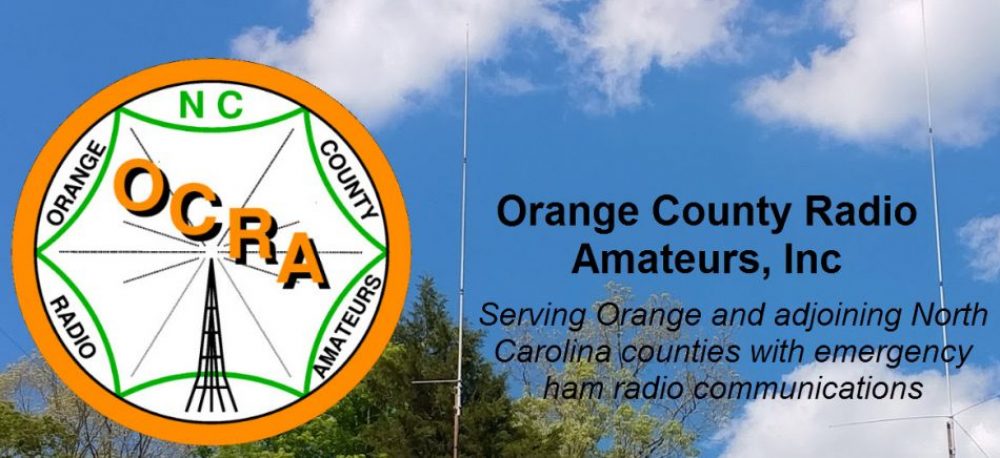Treasurer Report:
Dan (KR4UB) Balance is still strong, current membership is 67 with 30 needing renewing. The cost for maintaining our repeater is increasing. The high cost of tower climbers is one reason OCRA maintains a heathy financial balance. You can easily assist in keeping our financial balance strong. For those who purchase from Amazon and want to add to OCRA’s coffers, Amazon Smile donates 0.5% to eligible charitable organizations. For more information, please visit the following site.
DurHam Fest:
The 45th Annual Durham Fest occurs over Memorial Weekend. OCRA will provide a table to sell members items. We would ask for a small donation or percentage of sales to off-set the cost of the table. Admission is $5 and prizes may be won. For more information, please scroll down for more information.
Repeater:
The OCRA 442.150 MHz PL 131.8 repeater is programmed to notify the club of cancellation due to poor weather. We encourage all members to listen for announcements and check the groups.io email reflector if storms are present on meeting days.
Field Day – June 22-23:
Field day will again be hosted on Wilson’s (W4BOH) property over the weekend of June 22-23.
Bruce (N1LN) Station setup will occur on Friday, June 21. Band captains are responsible for procuring the necessary bill of material and station coverage throughout the event. Please register your station of interest and availability on the website under Events, OCRA/DFMA Field Day Signup Summary. Again, Elecraft radios are the standard for this year. Band captains that borrowed radios last year need to ensure their availability again this year.
Bruce will provide N1MM logging software instruction training in June.
Steve (W3AHL) mentioned wireless connectivity for multiple computers with N1MM is difficult to manage. However with the laptops donated for Field Day by Adam Caudill (WX4WNC) this will be much easier. Thanks to Adam! The computers will contain a standard configuration image, providing a more stable and consistent approach for management.
Bruce will provide N1MM software training in June. Elecraft radios are rig of choice, making interfacing and configuration easier.
John (KM4MDR) will be facilitating Potluck on Friday around 6:00 PM night. Saturday 5:00 dinner and Sunday breakfast. Attendees will need to prepay for meals. Please see payment options and meal details on the 2019 Field Day post.
Field Day Materials – Operators may want to have present the following as conditions are likely to be hot and humid.
- Helmet – if assisting with tower construction and placement
- Gloves
- Safety kit
- Water bottle
- Bug spray
- Sunscreen
- Hat
- Smile
